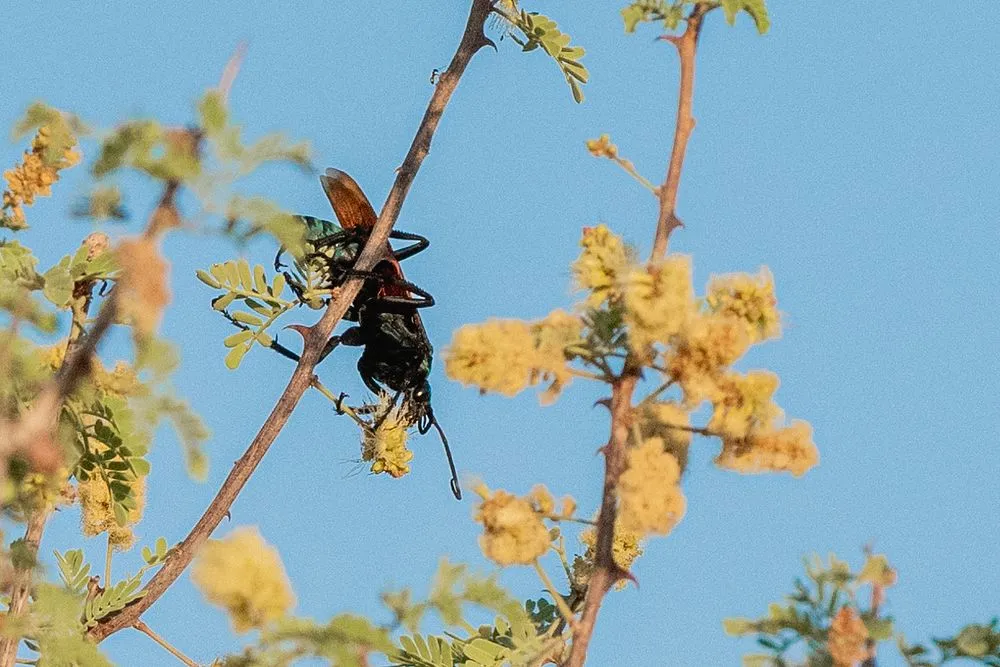What Are Tarantula Hawks
Tarantula hawks are impressive, large wasps known for their striking appearance and formidable hunting prowess. Belonging to the family Pompilidae, these wasps are easily recognizable due to their vibrant colors, often featuring a blue-black body and orange wings. They are not only visually captivating but also play a significant role in their ecosystems. Their primary purpose is to hunt tarantulas, which they paralyze and use as a host for their larvae. This behavior makes them both feared and fascinating creatures in the natural world. Understanding their characteristics and behaviors is key to appreciating these remarkable insects and their role in their environments. Their presence indicates a healthy ecosystem capable of supporting both the wasp and its prey.
Tarantula Hawks: Key Identification
Appearance and Characteristics
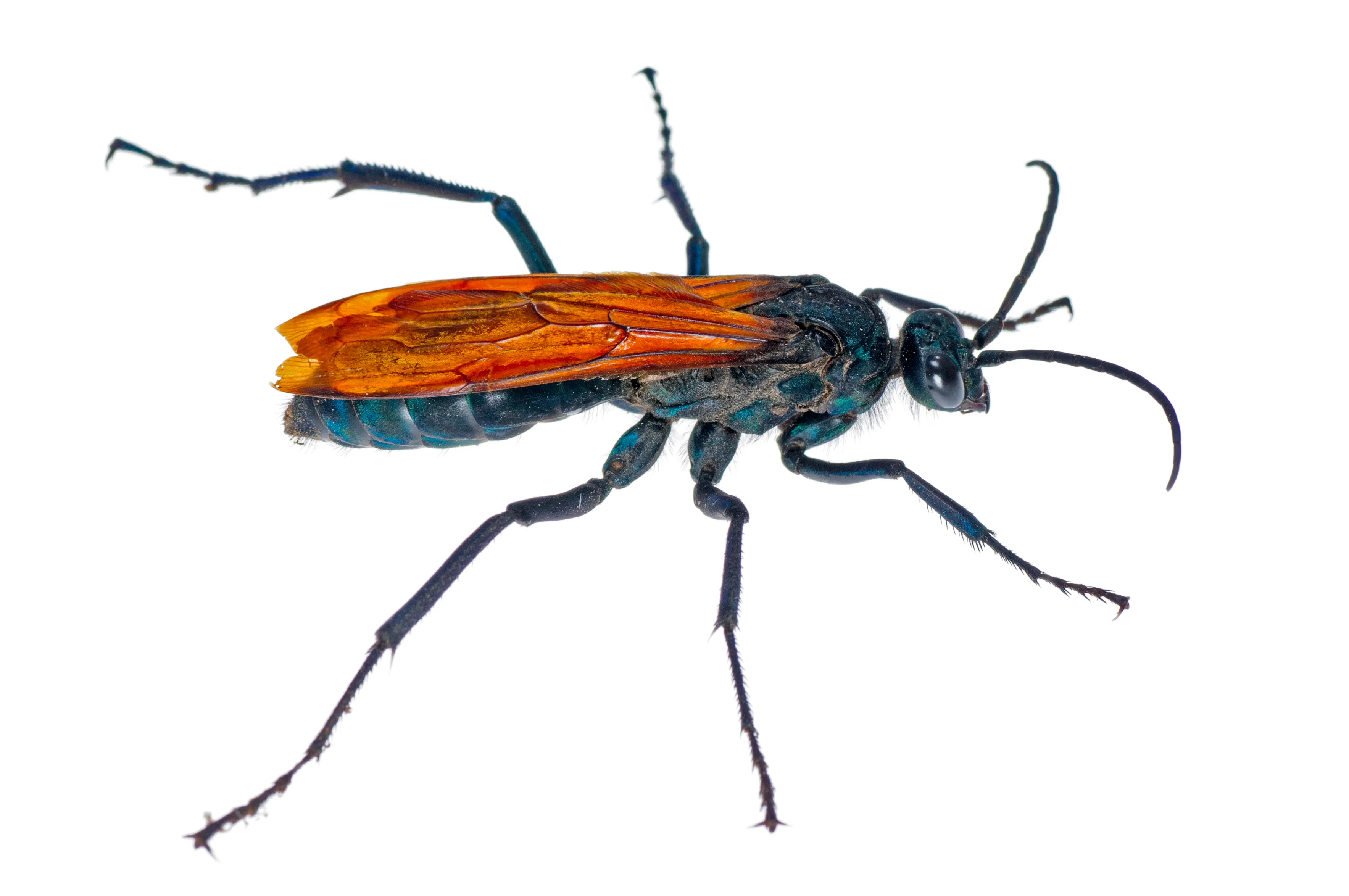
Tarantula hawks stand out due to their striking appearance. Typically, they have a robust body, often dark blue or black, coupled with vividly orange wings. The contrast between the body and wings creates a highly visible insect. Antennae are long, and the legs are spiny, which helps the wasp manipulate both tarantulas and the environments they inhabit. Their size is considerable compared to other wasps, making them easily identifiable. This distinctive appearance is not just for show; it serves as a warning to potential predators, advertising the wasp’s potent sting. This combination of size, color, and features helps the tarantula hawk thrive in its environment, both for hunting and defense.
Size and Physical Traits
The size of tarantula hawks varies, but they are generally large wasps. Females are typically larger than males, which is advantageous in their hunting role. The size can be a significant factor in both their ability to overpower tarantulas and their survival. Their robust bodies and powerful legs are designed for hunting. The stingers are prominent, and the overall physical build of the wasp is suited for both flight and ground activities related to hunting. This physical prowess allows them to tackle prey that is many times their size and navigate their environments effectively. Their physical traits are critical to their life cycle, making them well-adapted predators.
Behavioral Patterns
Tarantula hawks exhibit fascinating behavioral patterns, particularly in their hunting and reproductive strategies. Females are solitary hunters, actively seeking out tarantulas. Once they locate a tarantula, they engage in a dramatic battle, ultimately paralyzing it with their sting. The paralyzed tarantula is then dragged to a burrow, where the wasp lays an egg on its abdomen. The larva hatches and consumes the tarantula, showcasing a chilling but effective life cycle. Males, on the other hand, primarily focus on mating. They can often be seen patrolling areas in search of females. This difference in behavior highlights the division of roles, maximizing the species’ reproductive success and survival.
Top 5 Tarantula Hawks Locations
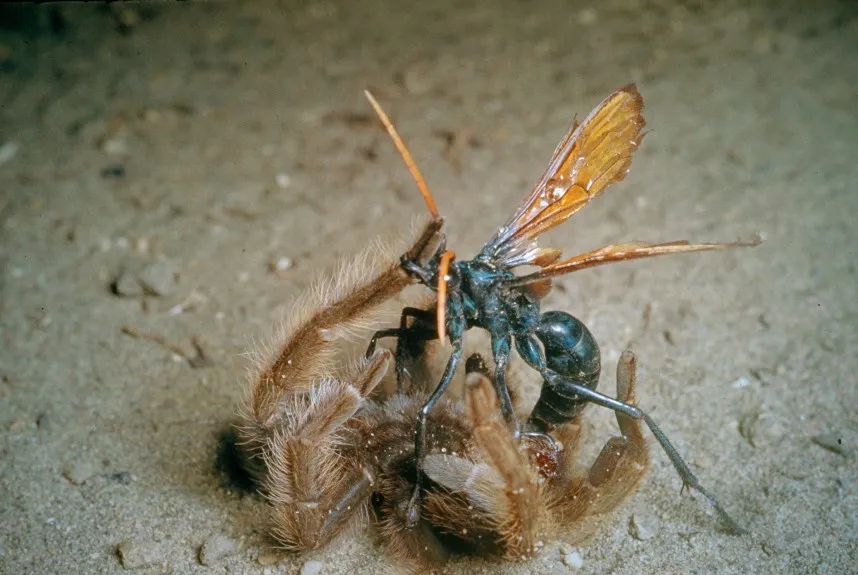
The Southwestern United States
The Southwestern United States is a primary habitat for tarantula hawks, with suitable climates and abundant tarantula populations. The hot, arid environments of states like Arizona, New Mexico, and Texas provide ideal conditions for these wasps to thrive. This region’s specific ecosystems support both the wasps and their prey, creating a balanced predator-prey relationship. The landscapes, ranging from deserts to arid grasslands, offer varied nesting and hunting grounds. This region serves as a key area where tarantula hawks can be readily observed. The presence of tarantula hawks in this area highlights the region’s biodiversity and ecological health.
Arizona
Arizona’s diverse landscape makes it a prime location for tarantula hawks. The state’s deserts and semi-arid regions provide the perfect environment for these wasps. Their presence is particularly noted in areas like the Sonoran Desert, where the tarantula population is significant. The favorable climate and abundance of prey make Arizona a hotspot for observing tarantula hawks. The varied habitats within Arizona, from mountain regions to desert floors, support both the tarantula hawks and the tarantulas. Observing tarantula hawks in Arizona provides a deep insight into their hunting behaviors and life cycles, making it a valuable location for enthusiasts and researchers alike.
New Mexico
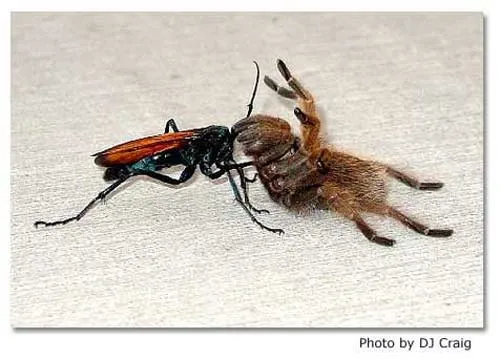
New Mexico, similar to Arizona, offers a suitable habitat for tarantula hawks. The arid climate and varied terrains provide both the environmental conditions and prey populations that these wasps require. The landscape, characterized by deserts and arid grasslands, provides prime hunting and nesting sites for the tarantula hawks. This region’s environment supports a healthy population of both tarantulas and tarantula hawks, contributing to the state’s ecological balance. The state’s unique ecosystem and climate help maintain a thriving population of these striking insects, making it an ideal location for observation and study.
Texas
Texas, with its vast and diverse landscape, is home to several species of tarantula hawks. The state’s varied climates, from arid deserts to more humid regions, provides a range of habitats for both the wasps and their prey. The presence of tarantula hawks in Texas highlights the ecological health of the region. The state’s ecosystems offer ideal conditions for the survival and reproduction of tarantula hawks. The varied landscapes, coupled with a stable tarantula population, support a healthy ecosystem that benefits from the presence of these specialized hunters, making it another key location for these wasps.
Mexico
Mexico’s proximity and similar environmental conditions to the Southwestern United States make it another key location for tarantula hawks. The country’s arid regions, especially in the northern states, provide a suitable climate and abundant prey populations. These factors support the tarantula hawk’s lifecycle and habitat needs. The diverse environments found within Mexico, from deserts to grasslands, provide various niches for both the wasps and their prey. These conditions facilitate a thriving ecosystem. The presence of tarantula hawks in Mexico highlights its ecological health and adds to its biodiversity.
Australia
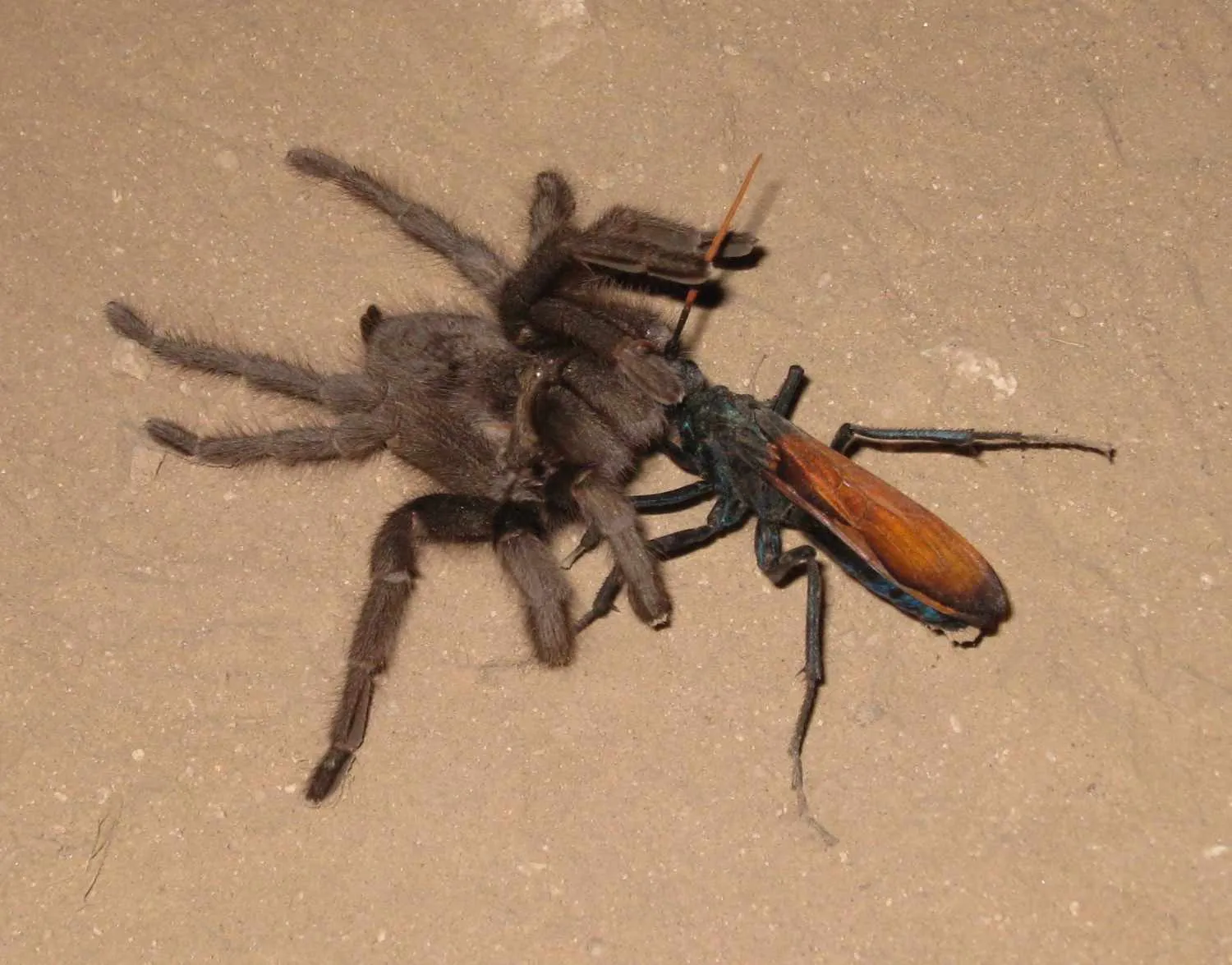
Although the specific species may vary, Australia is also home to tarantula hawks. The continent’s arid and semi-arid regions offer environments that closely resemble those in the southwestern United States and Mexico. The availability of suitable habitats and ample prey populations allows tarantula hawks to thrive in these locations. The diverse ecosystems of Australia provide the necessary conditions to support these wasps and their prey. The presence of tarantula hawks in Australia speaks to the continent’s biodiversity and provides a valuable area for research and observation of these insects and their prey.
South America
South America, with its diverse climates and expansive landscapes, provides habitat for various species of tarantula hawks. Regions with arid and semi-arid conditions, similar to those in North America and Australia, support these wasps. The varied ecosystems in South America offer ideal conditions for the wasps to thrive, including ample prey populations. The different species found throughout South America underscore the region’s biodiversity and ecological complexity, making it a critical area for the study of these insects. The presence of tarantula hawks reflects the ecological health and diversity of the continent.
Factors Influencing Tarantula Hawks Presence
Climate and Habitat Preferences
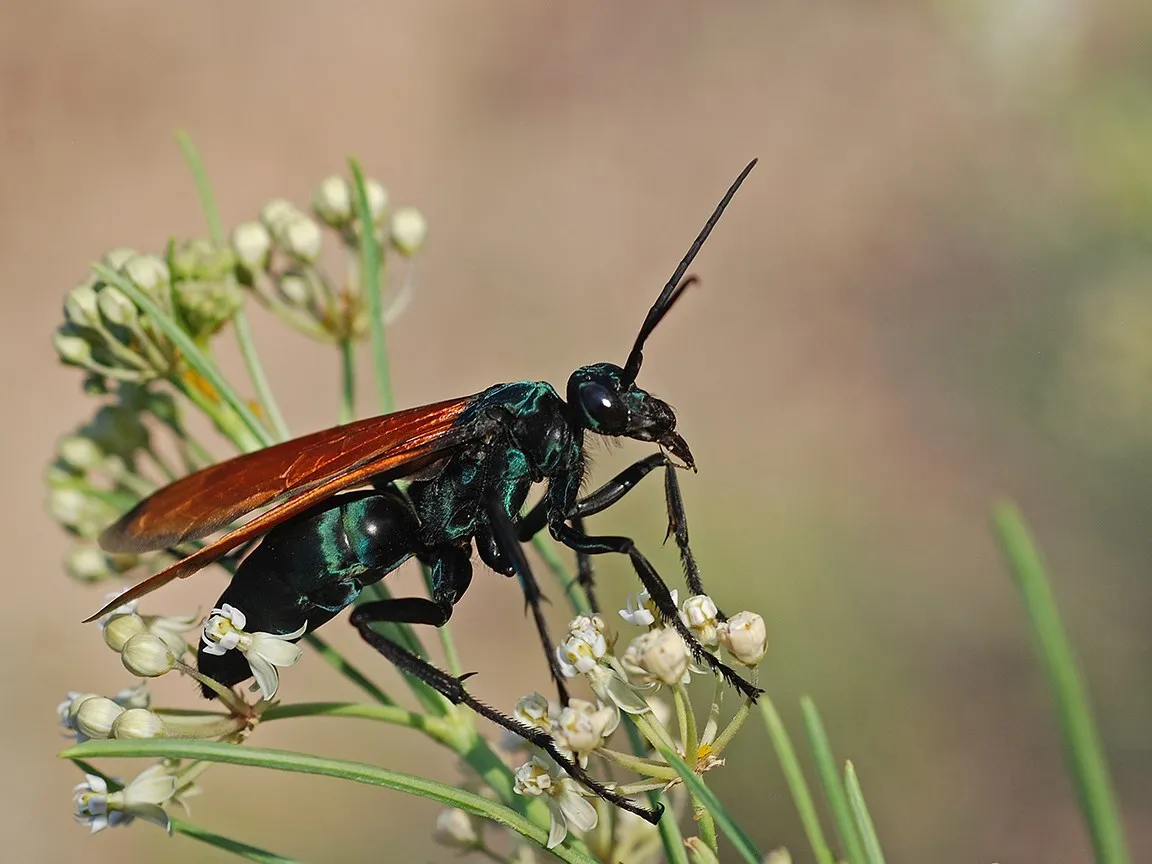
Climate plays a critical role in the distribution of tarantula hawks. They prefer warm, arid environments, which is why they are commonly found in desert regions. These wasps thrive in areas with consistent temperatures and low humidity, allowing them to maintain their activity levels. Habitat preferences extend to the availability of nesting sites. They typically choose sandy or loamy soils to build their nests. Understanding these environmental needs is essential for predicting and managing their populations. These specific preferences highlight the importance of maintaining suitable conditions to support these wasps.
Prey Availability
The presence of tarantulas is the single most critical factor affecting the presence of tarantula hawks. These wasps rely exclusively on tarantulas for their reproductive cycle. The density and availability of tarantulas significantly influence the number of tarantula hawks that can inhabit a particular area. Ecosystems with a healthy population of tarantulas can support a thriving population of these wasps. This relationship illustrates the importance of maintaining a balance within the ecosystem to support both the wasp and its prey. The abundance of prey is directly correlated to the presence and health of the tarantula hawk population.
Conservation Status and Threats
Currently, tarantula hawks are not generally considered endangered. However, their populations can be impacted by habitat loss and pesticide use. As ecosystems change, so too do the challenges faced by these specialized predators. The preservation of their habitats and the use of sustainable pest control practices are essential to maintaining their numbers. The long-term health and sustainability of tarantula hawk populations depend on the ability to mitigate these threats and maintain their environment. Conservation efforts are key to ensuring that these wasps continue to thrive in their natural habitats.
Are Tarantula Hawks Dangerous?
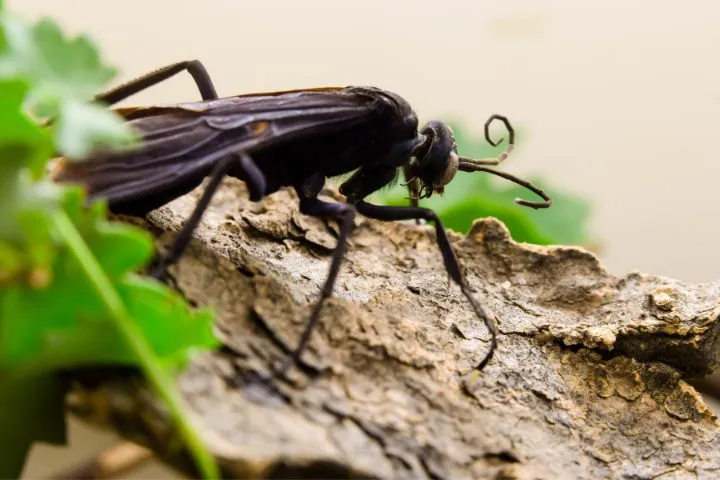
Tarantula hawks are known for their powerful sting, which is considered one of the most painful in the insect world. While their sting is not typically life-threatening to humans, it can cause intense, excruciating pain that can last for several minutes. They are generally not aggressive towards humans unless provoked or threatened. The stings are primarily used for paralyzing tarantulas, not for defense. Respecting their space and avoiding unnecessary interaction is the best way to avoid being stung. These wasps play a vital role in their ecosystems, and understanding their behavior is key to appreciating their value and safety.
In conclusion, tarantula hawks are fascinating insects whose distribution is largely determined by climate, habitat, and prey availability. The Southwestern United States, Mexico, Australia, and South America are key locations where you can find them. By understanding their needs and behaviors, we can better appreciate these striking wasps and contribute to their conservation.
